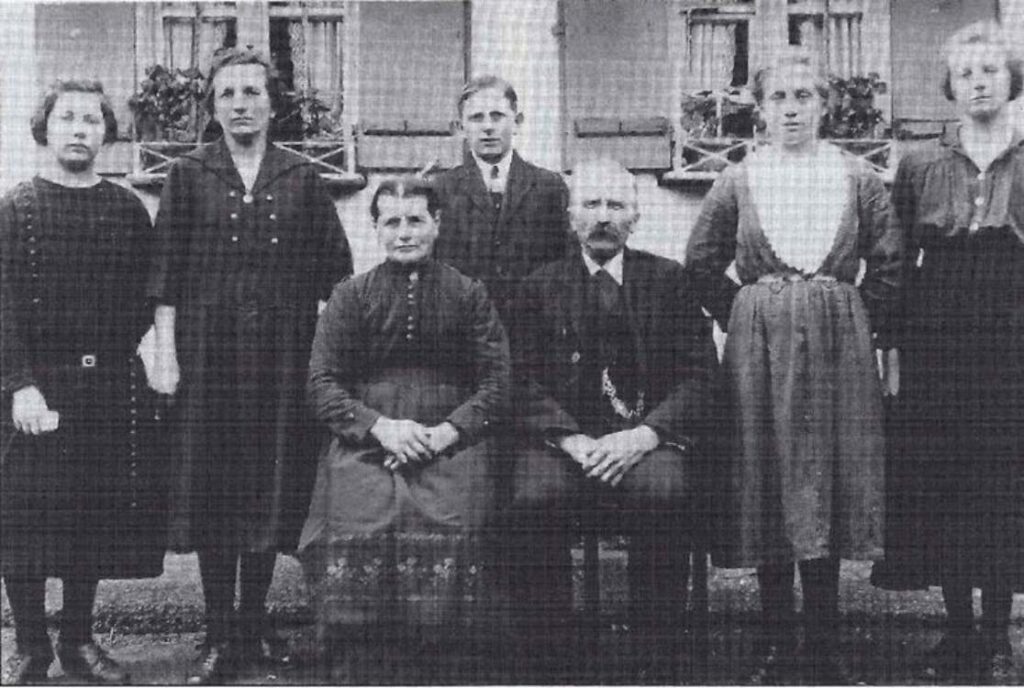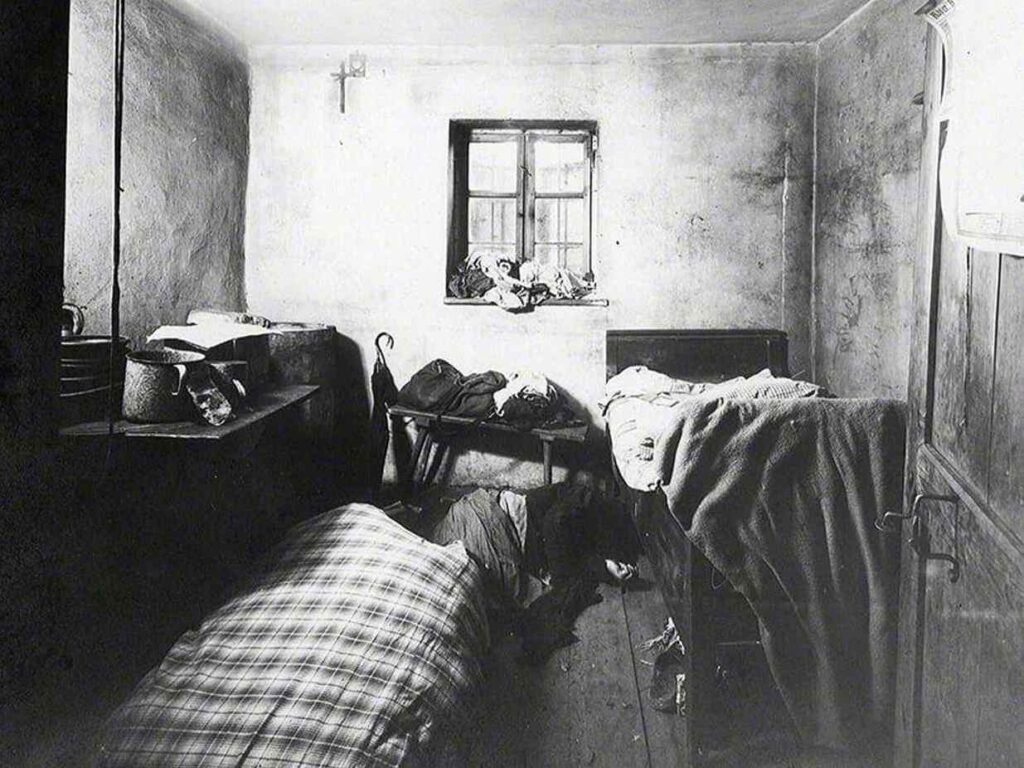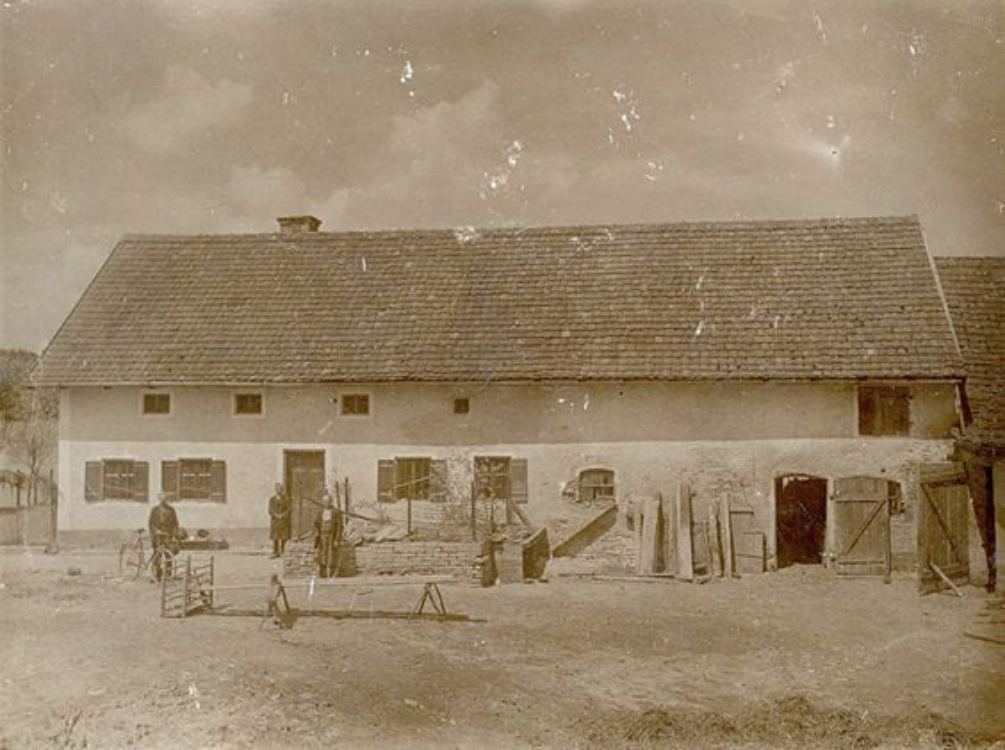It’s been 100 years since an unknown killer wiped out an entire family in what has remained an unforgettable German true crime story. Despite the best investigative efforts and decades of scrutiny, the killer was never found.
But the mystery extends far beyond the murderer’s identity. Another puzzling aspect of this historical true crime story is their behavior after the horrific act.
The killer didn’t flee the scene immediately. Instead, they stayed behind for a few days, lit fires, made dinners, and even fed the livestock.
It’s one of the strangest behaviours ever exhibited by a murderer.
This story took place in 1922 Bavaria, a state in Southern Germany. At the end of March, the messenger of death visited a rural farm called Hinterkaifeck.
The household had been noticing troubling movements in the months and days leading up to their deaths.
The culprit left behind the corpse of an elderly couple, their daughter, and their grandchildren. All were killed with a mattock while they slept.
By the time the village of Waidhofen found out, the killer had disappeared. The community was left to cope with the memory of a chilling story that has remained unsolved for over a century.

With every passing day, the likelihood of finding the person behind the Hinterkaifeck murders becomes irredeemably slimmer.
But what if there’s a clue that we’ve all missed? Let’s check out what we know about the murders.
Timeline Surrounding the 1922 Bavaria Murders
On 31 March 1922, the residents of Hinterkaifeck — Andreas Gruber, 63, his wife Cäzilia, 72, their widowed daughter Viktoria Gabriel, 35, Viktoria’s two children, Cäzilia, 7, and Josef, 2, were killed along with their newly hired maid, Maria Baumgartner, 44.
The mattock, which was the murder weapon, was later found hidden in the loft. Shaped like a pickaxe, the farming implement reflects the level of brutality employed by the killer.
Interestingly, the killings didn’t happen without some signs. The household had been noticing troubling movements in the months and days leading up to their deaths.
Here’s a timeline of major and connected events that led to the killing.
February 1922:
Andreas Gruber stumbled upon strange footprints in the snow. However, Andreas refused his neighbors’ offers to help him search for the owner of the footprint.
The family also found a newspaper from Munich that none of them ordered. In fact, no one in the village subscribed to the paper. How the newspaper ended up in Waidhofen remained a puzzle.
Early March 1922:
The Gruber family’s house keys went missing. Additionally, frightening sounds were often heard from the attic, mostly at night.

March 30, 1922:
Their former maid, Kresznenz Rieger, terrified of the happenings, resigned and left. But Andreas Gruber would always go up to the attic to find nothing. Later, he hired Baumgartner as their new housekeeper.
March 31, 1922:
The new maid resumed duties but was murdered alongside the family later in the day. All these strange happenings are crucial aspects of the story. They show that the killer had been hovering over the family before the night of the murders.
The bodies of the family were stacked on each other in the barn.
After the horrific incident, the neighbors’ attention was drawn to the lack of activity on the farm. For days, no milk was collected. Even unclaimed posts were piling up. Something was wrong. It was clear.
A search party later found out that the farm door, although closed, wasn’t locked. Behind those doors was the scene of a murder – one incident that would go on to shape rural Bavarian history.
The Strange Aftermath: Bodies, Bread, and the Barn Loft
When the community entered the farmstead, they encountered a chilling sight. The bodies of the family were stacked on each other in the barn.
Only the maid was found separately. The killer left her in her bedchamber after killing her in her sleep. In fact, according to reports, the killer was as patient after the murder as they were during the act.
They allegedly lured each member of the family to the barn. How? We don’t know.
But as each one entered the room of death, the killer hacked them to death with the mattock. Shockingly, the murderer refused to flee.
Equally shocking were the pieces of evidence that pointed to the killer’s activity after the murders. Whoever the assailant was, they weren’t in a hurry.
A Killer so Composed
Villagers and government officials, on examining the premises, found proof that the killer moved into the house. Whoever it was, they used the stove and lit fires in the hearth.
The killer prepared meals in the kitchen and even fed the animals. Neighbors saw the usual chimney smoke, not knowing that it was from the Hinterkaifeck murderer.

But why did the killer feel so much at home after such a horrific crime? The reason for that is still unknown.
Were they just super-confident, or were they deranged? Was the killer someone who was very close to the family and knew about the Hinterkaifeck routines? The questions are more than the answers.
Over the years, some analysts have suggested that the Bavaria farmhouse mystery killing was ritual-related.
The absence of advanced forensic science set back efforts to get to the bottom of these puzzles. Although investigators performed autopsies, the process didn’t yield much fruit. The villagers had already soiled the crime scene before authorities arrived.
Most of the valuable clues, such as footprints and fingerprints, were already tampered with. Many people believe that the unintentional destruction of evidence is the primary reason why the 1922 Bavaria killing has remained a cold case.
The killer’s trail went so cold that there was nothing to pin on any of the suspects who were later questioned. Who were these suspects?
Key Suspects and Leading Theories
The first theory is that the killer was a stranger. However, the level of savagery of the murders and the killer’s continued presence are not in favour of this theory. A stranger isn’t likely to behave in such a way.
If it were a stranger, then they must have been psychologically challenged to have carried out the killings with such a level of brutality. Also, the killer acted like a local.
This person was familiar with the family and the premises. Another theory is that it may have been a lover of Victoria’s who also lived in the village.
It may have been someone with a land dispute with the Gruber family or just about anyone with some sort of grudge. Very likely a trusted neighbor.
Finally, there are the darker and pretty sensational theories. Over the years, some analysts have suggested that the Bavaria farmhouse mystery killing was ritual-related.
Others have blamed the Hinterkaifeck attack on a ghost, an angry spirit who, for some reason, wanted to evict the family from the piece of land.
What is clear is that whoever or whatever is responsible for the tragic act was remarkably skilled in evading detection for more than a century. However, there are valuable lessons to be learned from the story.
Conclusion: A Secret that Teaches us About Ourselves
The Hinterkaifeck story has revealed many deep lessons. From the date of the murders till now, we have seen how society weaves stories from fear.
The story has also revealed how disadvantaged our ancestors were in crime-solving. The low level investigative awareness in their time made it easier for criminals to evade the law.
It also reflects the depths of depravity to which humans can descend.
The farm that swallowed its owners will remain a dark chapter in human history. It is a story that raises our suspicions about the person next to us.
Who can we trust?
Sources and Further Reading:
- The 1922 Bavaria Killing Timeline → Guy Hadleigh (2024: “The Hinterkaifeck Mystery: German Farmhouse Massacre”)
- Signs of an Unseen Visitor → 10 Minute Murder (2025: “Six Murders, No Answers: What Happened at Hinterkaifeck?”)
- The Hinterkaifeck Farmstead → The TrueCrime Database (2023: “The Hinterkaifeck Murders: Bavarian Mass Murder”)

